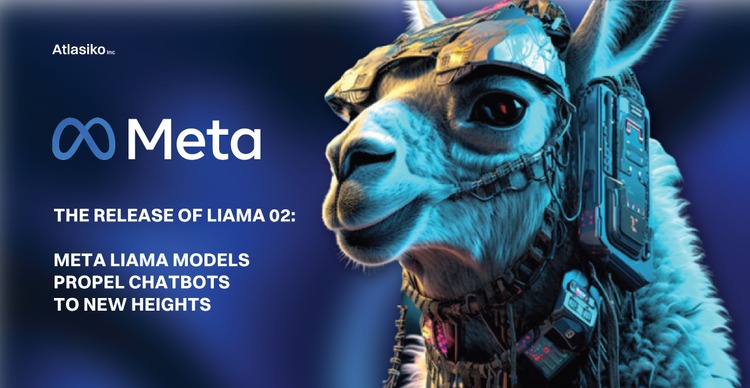OpenAI Shifts Strategy With New Open AI Model - The Pinnacle ...
OpenAI, a prominent player in artificial intelligence, made a groundbreaking announcement on April 1, 2025, unveiling its plans to develop a more open generative AI model. This move signifies a strategic shift for the company, which has traditionally favored closed, proprietary models. The decision comes as OpenAI faces increasing competition from open-source alternatives like DeepSeek and Meta, which have been making strides in the AI industry.
Embracing Openness
Historically, OpenAI has advocated for closed models, citing safety concerns and the risk of misuse by malicious entities. However, this stance has led to tensions with former investor Elon Musk, who has urged the company to realign with its original mission of prioritizing safety and societal good. In response to market demands and changing perceptions in the AI landscape, OpenAI has opted to adopt a more open approach to its AI development strategies.
Meta CEO Mark Zuckerberg's recent announcement regarding the popularity of the company's Llama models, with over one billion downloads, underscores the growing demand for AI solutions that offer users greater autonomy and control. OpenAI's CEO, Sam Altman, emphasized the importance of this strategic shift, stating, "We've been contemplating this shift for some time, and now it feels imperative to act."
User-Centric Approach
As part of its new strategy, OpenAI intends to engage developers through a series of events, starting in San Francisco and extending to Europe and the Asia-Pacific region. By soliciting feedback from the developer community, OpenAI aims to refine its new model to better align with the needs and preferences of users and organizations alike.

Technological Advancements
Besides the announcement of the new generative AI model, OpenAI is also celebrating the success of its latest features in ChatGPT, particularly its image-generation capabilities. The platform attracted a significant user base, with Altman noting a surge in popularity attributed to the innovative image features, which pushed the platform's graphics processing units to their limits.

Furthermore, OpenAI is in the final stages of securing a substantial $40 billion funding round led by Japan's SoftBank Group, a monumental achievement for the company as it transitions to a more commercial entity. This funding is pivotal for OpenAI's future endeavors and will facilitate further advancements in AI development.
Enhanced Capabilities

Not content with just one milestone, OpenAI has also unveiled the latest version of its GPT-4o model, featuring native image generation capabilities. This model demonstrates improved text generation within images and offers enhanced image refinement options. Altman revealed this update during a recent livestream, highlighting the model's ability to handle image output as a native modality, a significant improvement over previous iterations.
According to OpenAI, the GPT-4o model can generate images with up to 10-20 different objects, though it may encounter challenges with more complex scenarios. The incorporation of C2PA tags on generated images ensures transparency in identifying AI-generated content and reinforces OpenAI's commitment to content standards.
Future Outlook
Looking ahead, OpenAI is gearing up to release its first open-weight language model with reasoning capabilities, a significant development since GPT-2. This model will empower developers to analyze and fine-tune trained parameters for specific tasks without necessitating access to the original training data. By engaging with developers worldwide, OpenAI aims to maximize the utility of this new model and ensure it aligns with industry expectations.
In conclusion, OpenAI's recent initiatives underscore a pivot towards openness and collaboration in the AI ecosystem. By embracing a more open AI model, the company aims to address market demands while upholding its commitment to safety and innovation. As OpenAI navigates these transformative changes, it faces competition from various fronts but remains poised to shape the future of AI innovation.




















